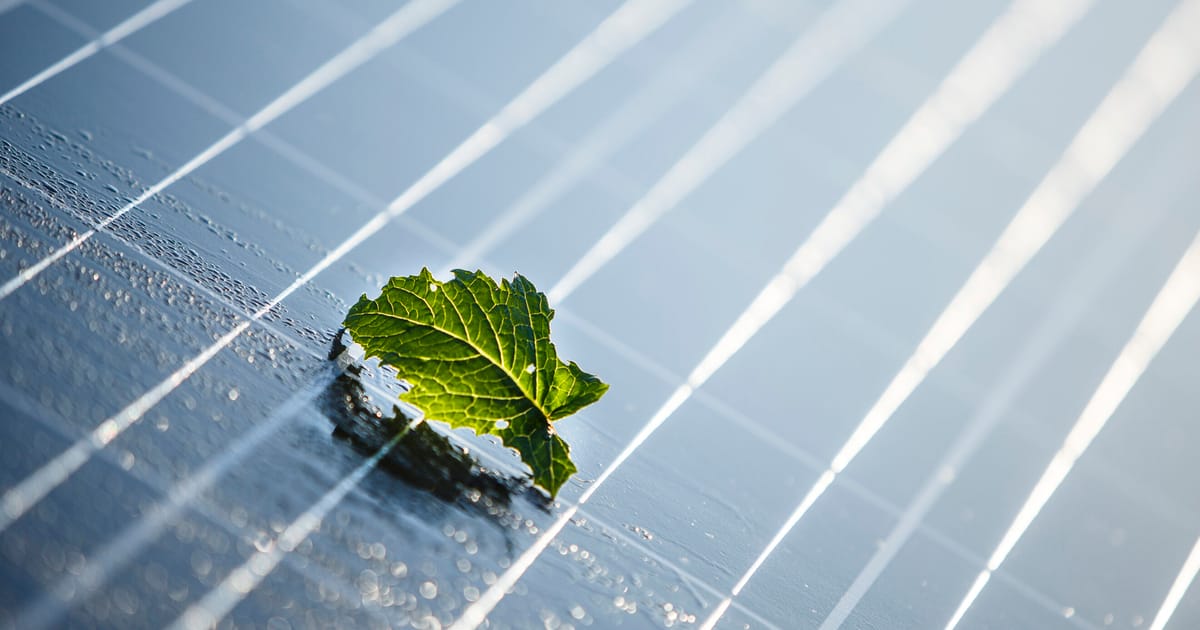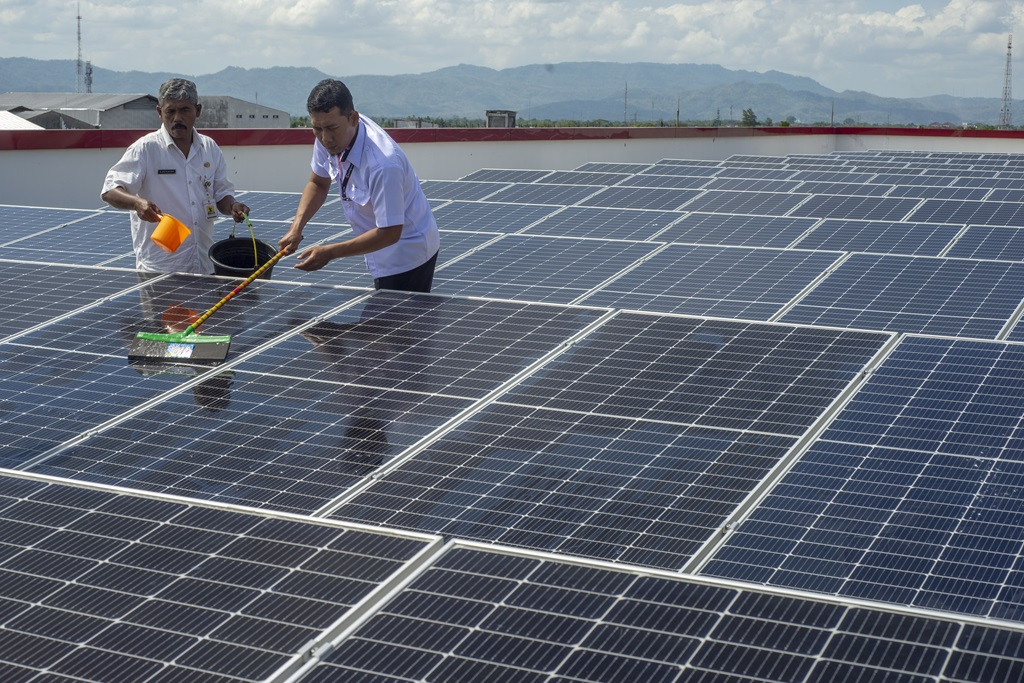Poland, a significant player in the European energy landscape, embarks on a transformative journey to align with the European Union’s ambitious climate goals.
Reducing Emissions and Embracing Renewables
Poland has made substantial strides in reducing greenhouse gas emissions by 25% in the electricity generation sector from 2005 to 2022. Coal’s diminishing role and the remarkable growth of renewable energy sources, witnessing an increase in installed capacity from 12.5GW in 2020 to approximately 26GW in 2023, underscore the country’s commitment.
Challenges in Distribution Grids and Regulatory Framework
Despite the success in renewables, the surge in installations, particularly rooftop photovoltaics, poses challenges for distribution grid operators. The grid’s limitations have led to a growing number of refusals for grid connections, creating a bottleneck in further renewable energy system (RES) development.
Key Insight: A stable regulatory framework is imperative for efficient implementation.
From Plans to Action: Offshore Wind and Nuclear Energy
Poland gears up for a significant role of offshore wind farms, with a projected installed capacity of 5.9GW in 2030 and a staggering 18GW by 2040. Embracing nuclear projects, targeting 6-9GW by 2040, exemplifies Poland’s commitment to deep technological diversification. The district heating sector also pivots from coal to low and zero-emission solutions, in line with the new Renewables directive.
Focus on Implementation and Investment Challenges
As Poland navigates the decarbonization journey, a stable regulatory framework is crucial, emphasizing less legislation and more implementation. The scale of this transition requires substantial investments, with estimates exceeding €156 billion for new generation capacities and an additional €107 billion for network infrastructure. Optimizing the permitting process and accessing increased EU funds are deemed essential for timely and successful project implementation.
In conclusion, Poland’s energy transition underscores the need for a holistic approach, balancing ambitious climate targets with practical implementation strategies, robust regulatory frameworks, and substantial investments in infrastructure and technology.
Source: politico.eu





